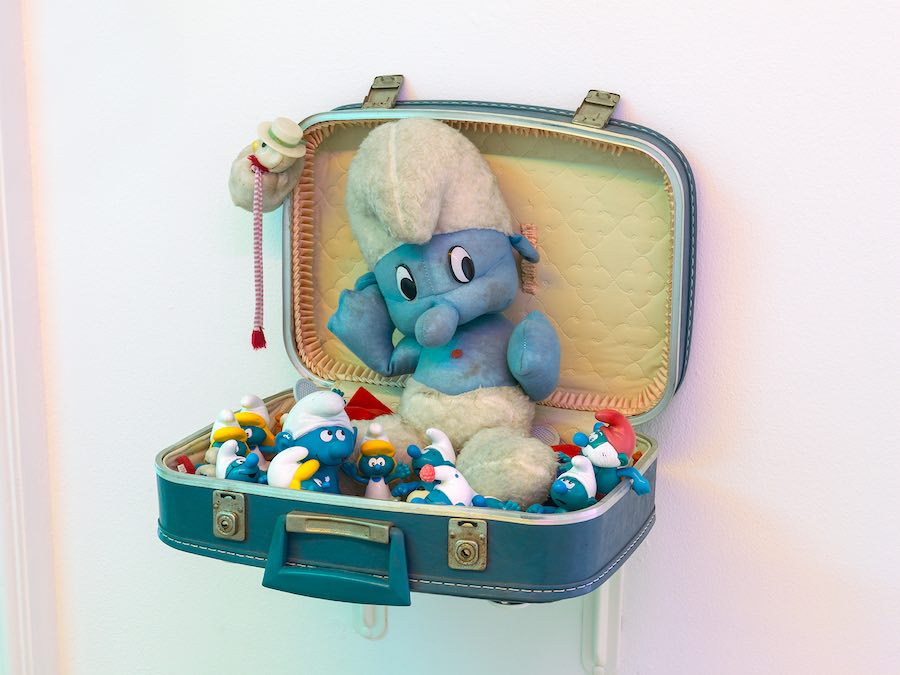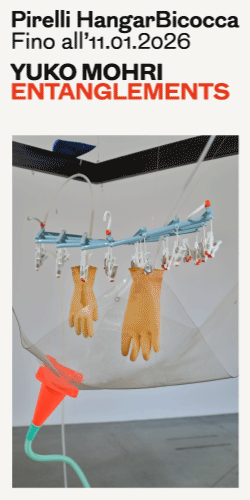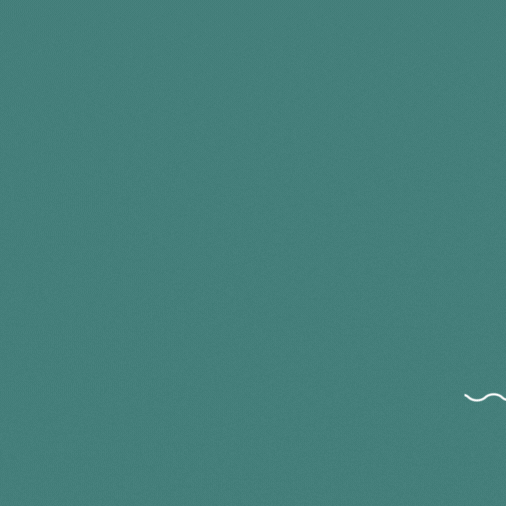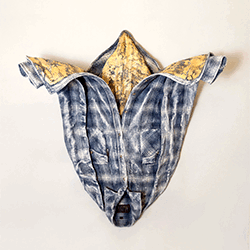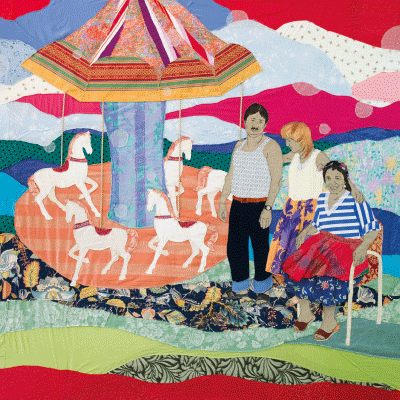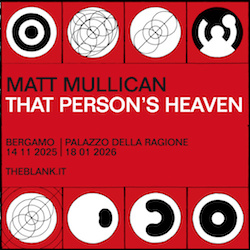

English text below –
È il 19 marzo 1992 e alla Galleria Toselli di Milano sono tutti invitati al matrimonio di Carlo e Luisa Orsacchiotti: numerose famiglie di peluche in disuso, giunte da istituti francesi per bambini si sono riunite su invito di Charlemagne Palestine per celebrare questo lieto evento.
Impossibile non pensare a questo momento storico entrando nello CHARLEWORLDDD allestito alla Galleria Federico Vavassori, per la mostra CHARLEMAGNE PALESTINE. C’ERAA UNAAA VOLTAAA CHARLEWORLDDD, dove a dare il benvenuto ai visitatori ci sono due orsacchiottini di peluche in abiti da matrimonio (A Marriage Memory,2022).
Nato e cresciuto a Brooklyn negli anni Cinquanta, la poliedrica carriera di Charlemagne Palestine inizia da artista interdisciplinare alla fine degli anni Sessanta. La sua arte è senza dubbio un’estensione della sua personalità, eccentrica e giocosa. Le sue opere combinano suoni, performance, video e installazioni. Sulla scia di tradizioni sciamaniche e di una sacralità non dogmatica, si collocano i peluche che l’artista considera divinità, non semplici oggetti o meri rimandi al mondo dell’infanzia. Per Charlemagne Palestine questi personaggi morbidi e pelosi dai musetti più o meno buffi e teneri sono interessanti in quanto entità esistenti al di fuori della loro funzione consolatoria e talismanica per bambini. La scelta di recuperare peluche dismessi e di non comprarne di nuovi significa riconoscere loro un valore benevolo di sacralità.
Le tre sale della galleria sono addobbate a festa per ospitare questa silenziosa ma energica comunità: nella prima sala una pantera è distesa nel suo boudoir di lustrini e tessuti cangianti (Pink Panther Boudoir 2000/2019), mentre una bambolina bionda sta sospesa nell’aria con il suo paracadute (Blondie’s Parachute, 2000), e un samurai siede sul suo trono giallo (Samurai on Yellow Throne, 2012). Al centro della seconda sala, un orsacchiotto bruno a tre teste (God Bear Nero, 2010), come una Trimurti, staziona fermo e guardingo mentre intorno a lui una famiglia di koala, un gruppo di Puffi e svariati altri personaggi sostano lì presenti e quieti.
È nella terza sala che si trova il fulcro di questa azione invisibile, silenziosa e immaginata. Il film Island Song (1976) è mostrato in loop su uno schermo davanti al quale si trovano quattro orsacchiotti e un elefantino a cavallo di altrettanti peluche a dondolo (Bascule AAA, Bascule CCC, Bascule BBB e Bascule DDD 1989-1990). Per registrare il video, che Palestine girò sull’isola di St. Pierre, l’artista aveva montato una videocamera sulla parte frontale di una motocicletta che aveva guidato in giro per l’isola cercando una via di fuga. La sua voce si sovrappone e mescola al rombo del motore, creando una colonna sonora che non si interrompe mai, fino all’arrivo dell’artista su una spiaggia, dove il video si conclude. I tre peluche sembrano in procinto di entrare dentro lo schermo e correre su quelle strade polverose insieme all’artista, creando un nuovo movimento immaginativo, quello di una gara scatenata, accompagnato dalla presenza degli altri personaggi nella sala, come il pappagallo di Pappagallo’s Parachute (2000) e i due orsacchiotti Blinky and Pinky Buddies (2016).
Come scrive nel testo di mostra Edoardo Marabini, “we find ourselves in the age of discovery where imagination replaces what the present does not allow us to grasp, where dreams tame reality”. Per caso, si incontrano i personaggi dallo sguardo amichevole di Charlemagne Palestine e si accetta di sospendere per un attimo l’incredulità, si entra in un mondo di finzione in cui un senso di tenerezza e di sacralità rimanda a un’emotività totemica che permette all’immaginazione di guidarci nella realtà.
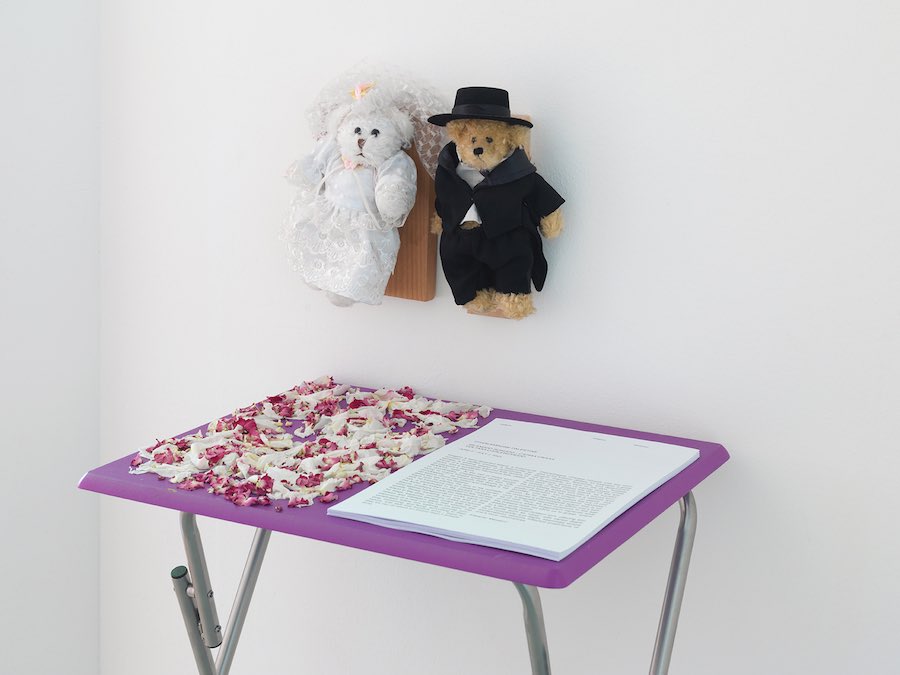

Charlemagne Palestine. C’ERAA UNAAA VOLTAAA CHARLEWORLDDD | Federico Vavassori Gallery, Milan
It is March 19, 1992, and at Galleria Toselli in Milan everyone is invited to the wedding of Carlo and Luisa Orsacchiotti: numerous families of disused stuffed animals who have come from French children’s institutions have gathered at the invitation of Charlemagne Palestine to celebrate this happy event.
Impossible not to think of this historic moment upon entering the CHARLEWORLDDD set up at the Federico Vavassori Gallery, for the exhibition CHARLEMAGNE PALESTINE. THERE WAS ONCE A CHARLEWORLDDD, where two small teddy bears in wedding attire are welcoming visitors (A Marriage Memory,2022).
Born and raised in Brooklyn in the 1950s, Charlemagne Palestine’s multifaceted career began as an interdisciplinary artist in the late 1960s. His art is undoubtedly an extension of his personality, eccentric and playful. His works combine sound, performance, video and installation. In the wake of shamanic traditions and a non-dogmatic sacredness we find the soft toys that the artist considers deities, not mere objects or mere references to the world of childhood. For Charlemagne Palestine, these soft and furry characters with more or less funny and tender snouts are interesting as entities existing outside their consolatory and talismanic function for children. The choice to recover discarded soft toys and not to buy new ones is to recognize them as having a benevolent value of sacredness.
The rooms of the gallery are festively decked out to accommodate this silent but energetic community: in the first room, a panther is sprawled out in its boudoir of sequins and iridescent fabrics (Pink Panther Boudoir 2000/2019), while a little blond doll hangs in the air with his parachute (Blondie’s Parachute, 2000), and a samurai sits on his yellow throne (Samurai on Yellow Throne, 2012). In the center of the second room, a three-headed brown teddy bear (Black God Bear, 2010), like a Trimurti, stands still and watchful while around him a family of koalas, a group of Smurfs, and a variety of other characters stand there quietly.
It is in the third room that the focus of this invisible, silent, imagined action is found. The film Island Song (1976) is shown looping on a screen in front of which are four teddy bears and a baby elephant riding as many rocking plush toys (Bascule AAA, Bascule CCC, Bascule BBB and Bascule DDD 1989-1990). To record the video, which Palestine shot on the island of St. Pierre, the artist had mounted a video camera on the front of a motorcycle he had driven around the island looking for an escape route. His voice overlaps and mixes with the roar of the engine, creating a soundtrack that never stops until the artist gets on a beach, where the video ends. The three stuffed animals seem about to enter the screen and run on those dusty roads together with the artist, creating a new imaginative movement, that of a wild race, accompanied by the presence of the other characters in the room, such as the parrot from Pappagallo’s Parachute (2000) and the two teddy bears Blinky and Pinky Buddies (2016).
As Edoardo Marabini writes in the exhibition text, “we find ourselves in the age of discovery where imagination replaces what the present does not allow us to grasp, where dreams tame reality”. By chance, one meets the characters from Charlemagne Palestine’s friendly gaze and agrees to suspend disbelief for a moment, entering a fictional world in which a sense of tenderness and sacredness refers to a totemic emotionality that allows the imagination to guide us into reality.
